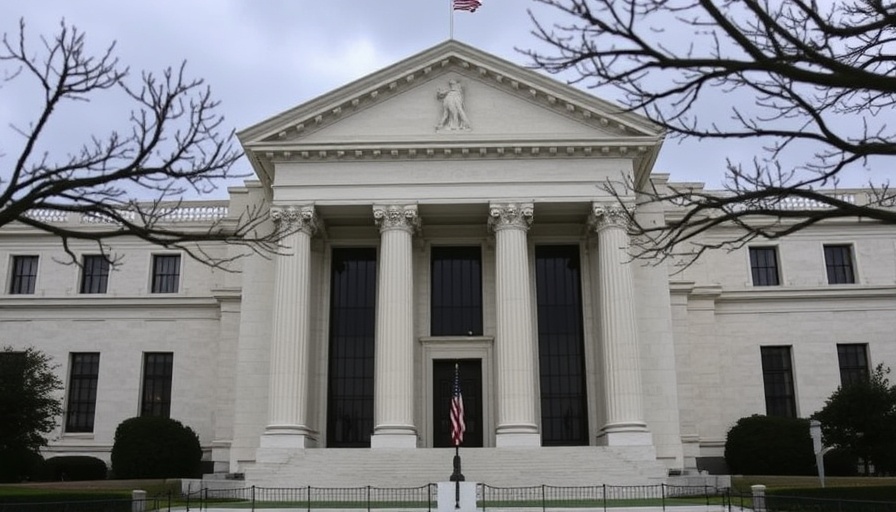
The Fed’s Ongoing Battle Against Inflation
Federal Reserve Chair Jerome Powell has made it clear that the fight against inflation is far from over. Speaking at the Federal Reserve Bank of Kansas City’s annual conference in Jackson Hole, he emphasized the persistent nature of inflation and hinted at the possibility of further interest rate hikes. As Powell stated, “We will keep at it until the job is done.” This statement comes on the heels of the Fed’s recent rate increase, bringing rates to a 22-year high, a strategic move intended to control a spike in inflation rates that had reached a peak of 9% last June, now dropping to approximately 3%.
Economic Conditions: A Balancing Act
The current U.S. economic landscape presents a complicated scenario. While key inflation indicators show a decline, essential expenses such as food, housing, and gas remain significantly higher compared to pre-pandemic levels. This signals that despite the nominal decrease in inflation rates, everyday Americans continue to feel the pinch. Powell highlighted the need for a cautious approach, stating, “It is the Fed’s job to bring inflation down to our 2% goal.” He recognized that robust consumer spending and a resilient job market add layers of complexity to this mission.
The Potential for Further Policy Tightening
In his remarks, Powell hinted that the Fed remains poised to raise rates if economic signals suggest inflation is not cooling as expected. This perspective resonates with a broader economic outlook that intertwines growth rates with inflation dynamics. His caution, “We are navigating by the stars under cloudy skies,” reflects the unpredictability faced by policymakers. The Fed must evaluate diverse economic indicators to determine if further monetary tightening is necessary, emphasizing the importance of an inflation response strategy that considers labor market trends.
Implications for Business Leaders
For CFOs, CEOs, and investors, Powell's warning comes as a call to recalibrate their fiscal strategies amid these fluctuating economic conditions. Understanding the interest rate impact and preparing for potential market disruptions should be at the forefront of strategic planning discussions. With the Fed's commitment to maintaining restrictive policies until there is significant evidence of inflation decline, businesses must foster recession readiness and prepare to adapt to ongoing changes in the economic environment.
The economic leadership shown by Powell suggests a meticulous approach is necessary. For strategic decision-makers in business, now is a critical moment to assess how fiscal policy insights may influence operational plans moving forward.
 Add Row
Add Row  Add
Add 




Write A Comment